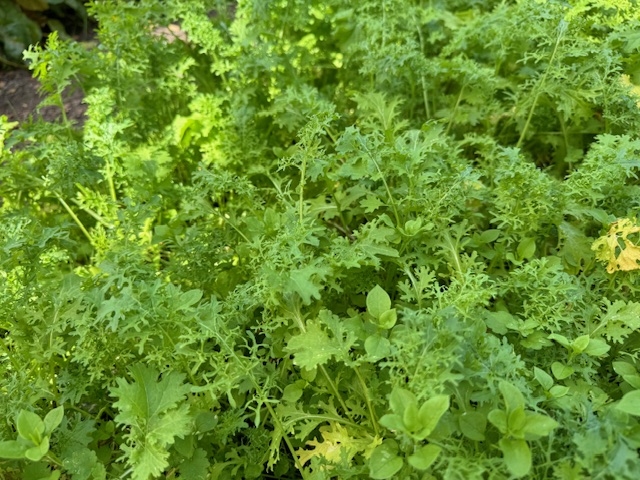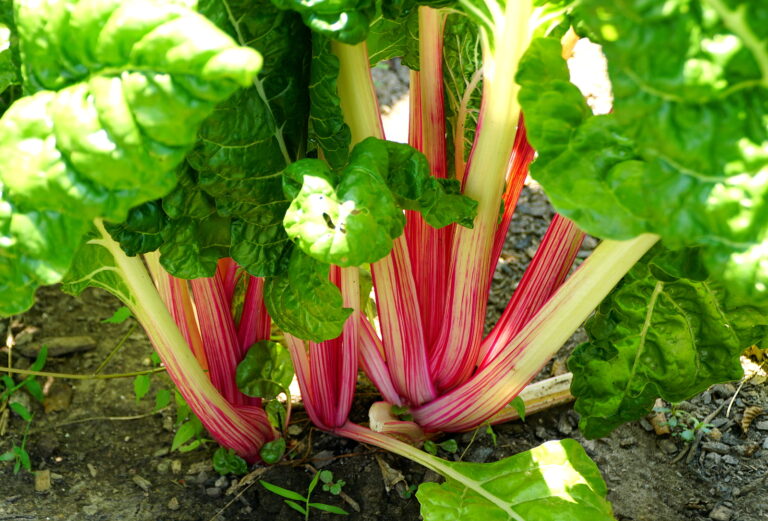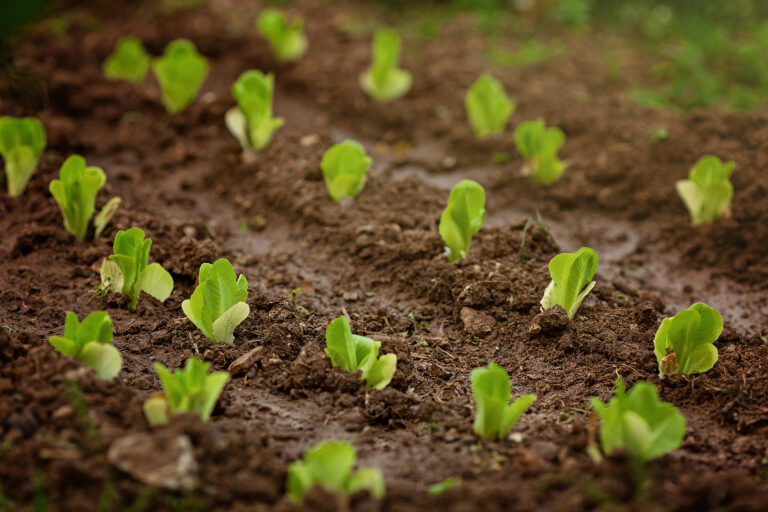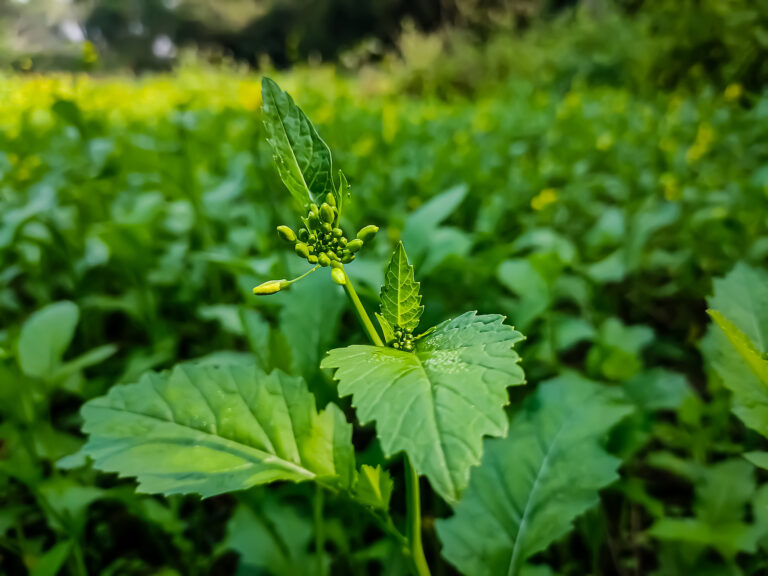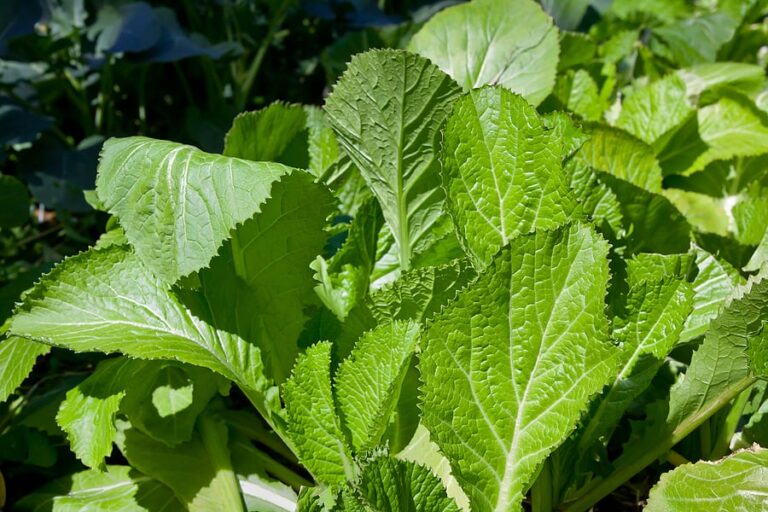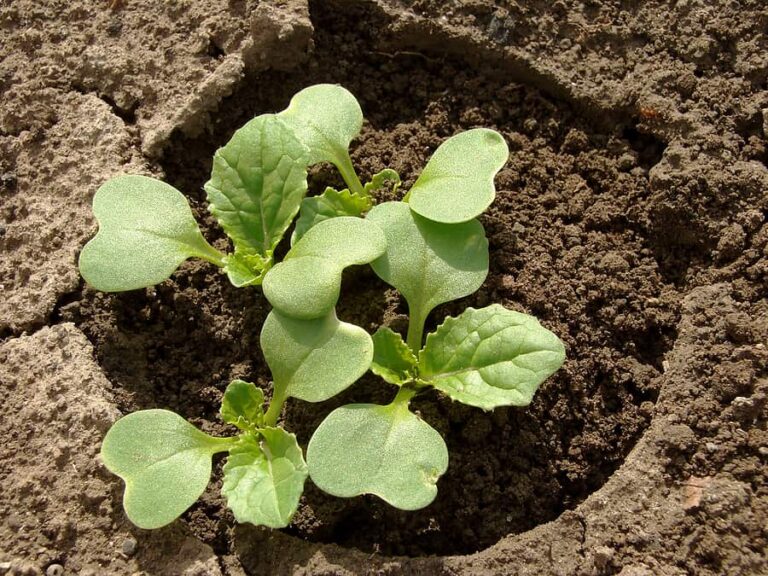Easy Mustard Greens Care Guide for Beginners
Mustard greens are one of the easiest leafy vegetables to grow—perfect for beginner gardeners. With over 30 years of gardening experience, I’ve grown mustard greens in raised beds, mounded rows, and containers. They reward you quickly with fast growth, tender leaves, and spicy flavor. Here’s a straightforward care guide to help you succeed.
Why Grow Mustard Greens?
- Fast-growing: Ready to harvest in as little as 20–30 days.
- Cold-hardy: Thrives in cool spring and fall weather.
- Nutrient-rich: Packed with vitamins A, C, and K.
Where to Plant Mustard Greens
- Choose a sunny location (6+ hours of sunlight).
- Grow in loose, fertile, well-draining soil rich in compost.
- Mustard greens tolerate light shade, especially in warm weather.
Watering Mustard Greens
- Keep soil consistently moist but not waterlogged.
- Water deeply once or twice a week, more often in containers.
- Even watering prevents bitterness and bolting.
Feeding Mustard Greens
- Work compost into the soil before planting.
- Side-dress with a balanced organic fertilizer every 3–4 weeks.
- Avoid over-fertilizing with nitrogen; it leads to lush growth but weaker flavor.
Caring for Healthy Growth
- Thin seedlings to 6–8 inches apart for full-sized leaves.
- Mulch to keep soil cool and retain moisture.
- Watch for flea beetles and aphids; use row covers or organic sprays if needed.
My Experience Tip
In my Sonoma Valley garden, I find mustard greens taste sweetest when grown in cool fall weather. They’re one of the first crops I plant in late summer and one of the last I harvest before winter sets in.
Common Mustard Greens Problems and Quick Fixes
| Problem | Symptoms | Likely Cause | Quick Fix |
|---|---|---|---|
| Leaves taste bitter | Tough, pungent flavor | Heat stress, inconsistent watering | Harvest earlier; water evenly; provide light shade in hot weather |
| Plants bolt (flower early) | Tall stalks, yellow flowers | Warm temperatures, stress | Grow in cool seasons; keep soil moist; succession plant for continuous harvest |
| Flea beetles | Tiny holes in leaves | Small black jumping insects | Use row covers; apply neem oil or insecticidal soap |
| Aphids | Sticky leaves, curled growth | Small green or black insects | Spray with strong water stream; encourage ladybugs; use insecticidal soap |
| Stunted growth | Small plants, yellow leaves | Poor soil fertility | Add compost; side-dress with balanced fertilizer |
| Wilting leaves | Drooping, soft foliage | Underwatering or root stress | Check soil moisture; water deeply and consistently |
Mustard Growing Hub
Start here: The Ultimate Mustard Growing Guide: From Seed to Harvest
Varieties & Types
- Best Mustard Green Varieties to Grow in Your Garden
- Plain Leaf vs. Curled Leaf Mustard Greens: What’s the Difference?
- Oriental Mustard Cabbage Explained: Green Stalk vs. White Stalk Varieties
- Flavor Profiles of Different Mustard Green Varieties
Planting & Growing
- When to Plant Mustard Greens by USDA Zone
- Mustard Greens Planting Calendar (Month-by-Month Guide)
- The Best Places to Plant Mustard Greens for Healthy Growth
- Proper Spacing for Mustard Greens: Garden and Container Tips
- Mustard Greens Companion Plants for Pest Control and Better Yields
- How to Grow Mustard Greens in Containers Step by Step
Care & Maintenance
- How to Water Mustard Greens for Tender Leaves
- Feeding Mustard Greens: Fertilizer Tips for Fast Growth
- Common Mustard Green Pests and Diseases and How to Control Them Naturally
- Easy Mustard Greens Care Guide for Beginners
Harvest & Serving

